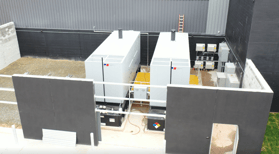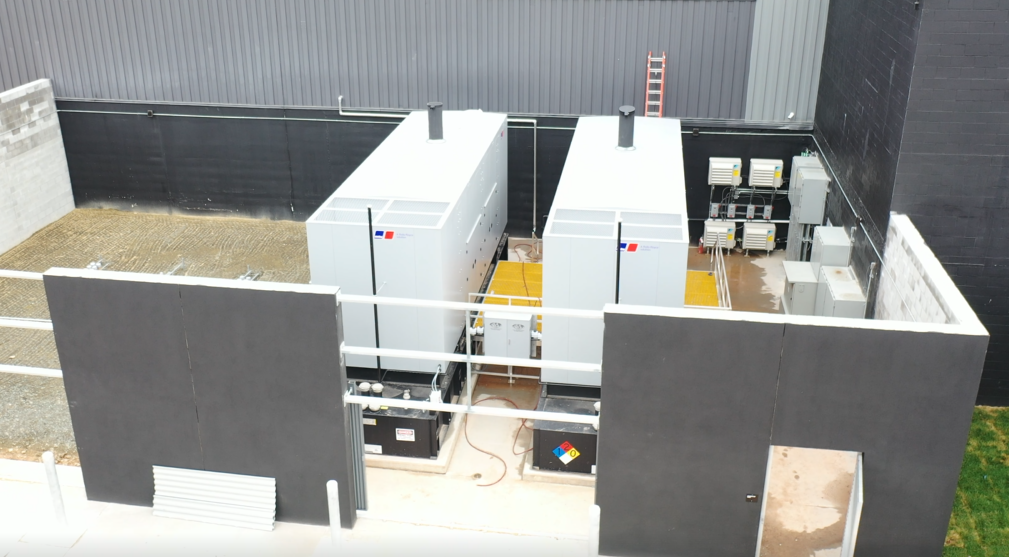
When it comes to power generation for health care facilities providing lifesaving services, there are three prime National Fire Protection Association codes designed to eliminate harm to people and property due to fire, electrical and related hazards. NFPA 70 (the “National Electrical Code” or “NEC”), NFPA 110 (written for emergency and standby power systems) and NFPA 99 Health Care Facilities Code (NFPA 99) most directly regulate electrical systems.
Written to minimize risk to patients, staff and guests, NFPA 99 is a mandatory standard for the design, performance, installation, testing, maintenance and upkeep of essential electrical systems (EES) at health care facilities. It addresses generators as components of the EES – and applies to backup generators and other electrical components connected to the EES. Facility managers, engineers, authorities having jurisdiction (AHJs) and electrical system designers, manufacturers and installers are among those who rely on this code, in conjunction with applicable state and local requirements.
Importantly, there are NO provisions in NFPA 99 to suspend the requirements of an occupied health care facility – for any period of time. Whether there is risk of power outage due to a weather event, facility renovations or system upgrade, outage planning and mitigation is essential to saving time, money and lives.
Chapter 4: Fundamentals
Chapter 4 mandates that the health care facility’s governing body conducts risk assessments – and provides them to the AHJ, if required. Risk assessments determine the defined risk category of building systems, including electrical systems, based on the potential outcome should there be a catastrophic failure of the system.
Chapter 6: Electrical Systems
Chapter 6 of NFPA 99 contains the most relevant standards for power generation. It outlines essential electrical systems for Category 1 and 2, where failure of the equipment to perform could result in loss of human life or a major injury. Chapter 6 defines terms such as “clinical laboratories” and clarifies requirements for certain conditions, such as when a room is designated a “wet procedure location.” Strict performance requirements for components such as fuel cells are spelled out. Required inspections, exercises and maintenance are also defined for electrical systems and components.
Keeping Up with Evolving Standards
Technology advancements, security demands and an increasingly decentralized health care system are shaping the evolution of NFPA 99, which is updated every three years. Sometimes, new requirements only apply to new or remodeled facilities. Or changes can be effective immediately for all facilities. For example, the 2018 edition introduced a requirement, explicitly applied to both new and existing facilities, for circuit breakers to be maintained “in accordance with manufacturer’s instructions and industry standards.” Small changes can sometimes have a big impact, so it’s important to keep up with evolving standards.
Your Partner for NFPA 99
At Curtis Power Solutions, we work with health care facilities every day. Our team keeps up with NFPA 99 changes – and all relevant local and regional standards – because we serve as a resource to our partners and customers.
“We have the best interests of our customers at heart,” says Adam Witte, Field Sales Engineer based at Curtis Power Solutions’ Charlotte, NC branch. “Even if they are looking for preventative maintenance on a generator from a different manufacturer, we encourage customers to consult with us at any point, so we can help them keep their essential systems performing as required.”
If you need to comply with NFPA 99 and have questions about designing, installing, operating, maintaining or testing emergency and electrical power systems for health care facilities, please contact us for assistance.

GRAIL, Inc. is constructing a cancer research laboratory in North Carolina. For the two MTU genset (16V2000 1250 kW) installations, Curtis Power Solutions provided design-assist integration, local service and support—guided by NFPA 99 and other national, regional and local requirements.
.png?width=159&height=72&name=Curtis%20Power%20Solutions%20(RGB).png)






